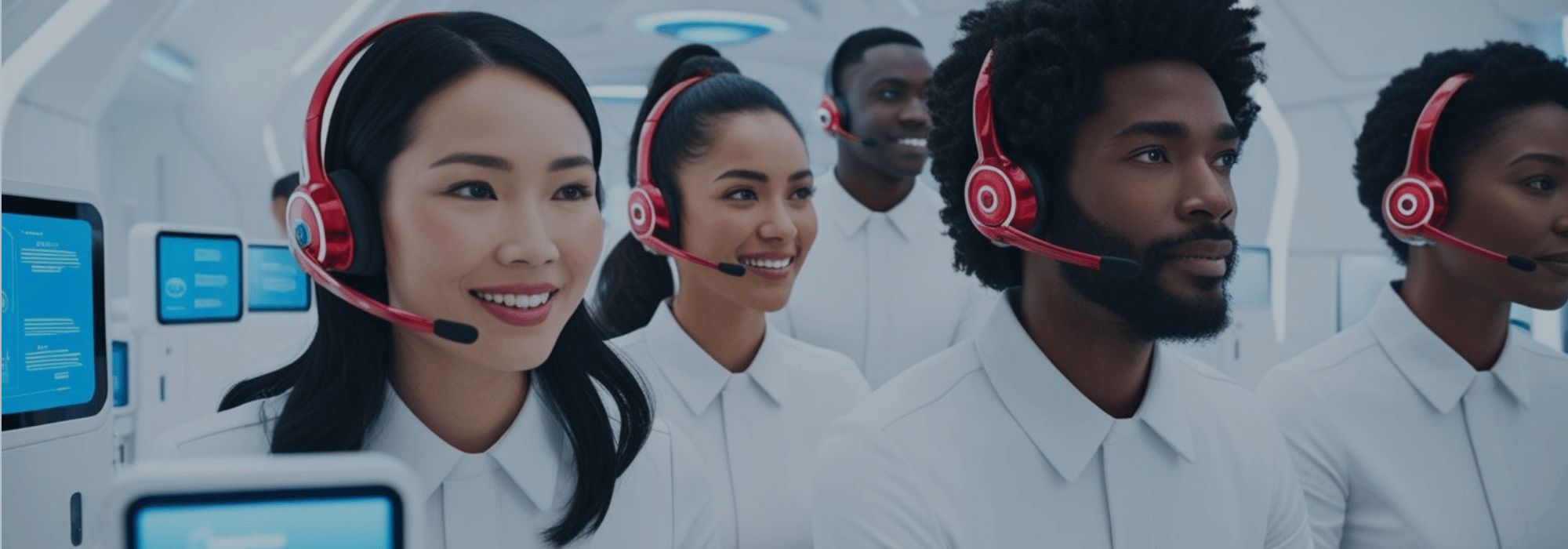Customer experience has become the be-all, end-all in business; a clear indicator of customer retention and a clear predictor of business success. But, it’s complicated. Of course, this experience is heavily impacted by the customer journey and the way in which your customer support team handles customer questions and concerns. However, it doesn’t stop there. As people have become more and more self-reliant and conditioned to expect immediate gratification, they have become less willing to stay on hold and have lengthy conversations with agents.
Businesses must meet them where they are and offer a faster solution. Enter self-service customer service. This is the best way to increase customer empowerment and maximize resources, all while better satisfying your customers. But you can’t just flip a switch. Here are three ways to prepare for the shift to self-service customer service so it’s more likely to succeed.
1. Recognize what self-service is (and is not)
Self-service customer service is exactly as it sounds: an option for customer support that customers can access on their own. This method should equip customers to resolve their own problems and answer their own questions. The goal here is customer empowerment and faster resolution, both of which positively impact all parties – your customer, your agents, and your business. But there are some misconceptions about what self-service customer service actually entails.
Most commonly, it encompasses Frequently Asked Questions (FAQs), knowledge bases, tutorials, and online forums.
- The best FAQ pages are interactive, offering customers a chance to search for questions and answers, or click into further detail if desired.
- Knowledge bases are a bit different, as they’re structured to house in-depth information and troubleshooting guidance.
- Tutorials are helpful for product-based companies that have complex products. Software companies, for example, would be severely remiss if they didn’t offer comprehensive tutorials customers can access to better understand how to use their tools.
- Online forums, in this context, are created by the company but used by customers. They allow customers to form a digital community in which individuals can help other individuals with problems or questions.
All of these options should include a search capability, so customers can quickly find any and all information pertaining to their concern.
Self-service customer service is not an invitation to ignore customers or fire your customer support team. It’s supplemental and meant to enhance your customer service offerings.
2. Equip your employees to navigate the shift smoothly
Your current customer service team must be adequately trained about this shifting tide, in order for it to be successful. Spend time explaining each initiative to employees, so they intimately understand the resources that will be available. After all, they will be pointing customers toward these resources whenever relevant, so they need to know what will be there and where it will be located.
Furthermore, share information willingly with your team about how their roles will be affected by these changes. Make sure they understand their workload will not decrease, but rather shift to being focused on the most complicated or nuanced customer calls. Hold training on any new technology that your workforce will be expected to use, and give them ample opportunities to practice using it. The more bought-in and excited your team is about this shift, the more likely it is to succeed.
3. Plan for reconfigured processes
Finally, discuss exactly how your existing processes and customer service channels will need to change in order to optimize your self-service customer service. Make sure you plan for things like an escalation from chatbot to live agent, as many customers may start with self-service but ultimately need to speak with a human. Also, be sure you have a process in place for tracking self-service usage, so you’ll be able to better forecast customer traffic moving forward.
Self-service customer service can make a big impact on your customer satisfaction. But you must be prepared in order to execute the idea as effectively as possible. If you have questions or need help evaluating your customer service program, Conectys can help.

















